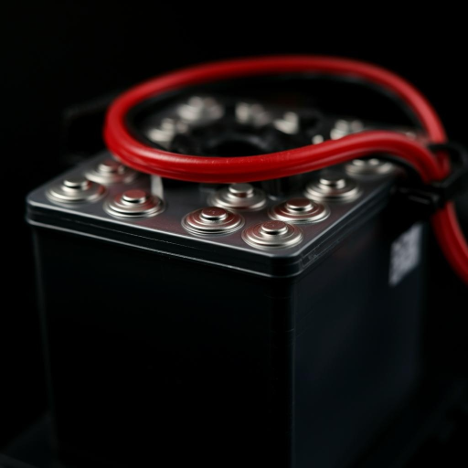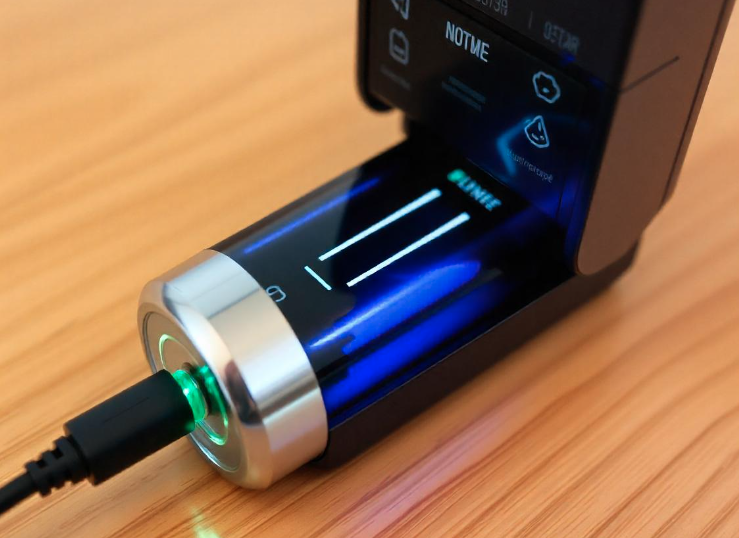
How to Test a Lithium-ion Battery before Delivery?
Lithium-ion batteries have become essential components in energy storage across numerous industries, from automotive to consumer electronics. Their reliability and performance directly impact the products they power, making quality control a priority in battery manufacturing. It is important to test lithium-ion batteries comprehensively for battery manufacturers under this circumstance so as to ensure that each battery meets safety performance and regulatory standards, test lithium-ion battery. So, in this article, we’ll explore how to test a lithium-ion battery before delivery, covering key procedures and standards that support reliable battery performance. (Copyright Photo from: https://www.freepik.com/free-photo/close-up-hands-holding-battery-cells_3149460.htm#fromView=image_search_similar&page=2&position=23&uuid=1c14f65c-51bc-494f-ac99-85cd67b4885b) Essential Standards and Regulations to Test a Lithium-ion Battery International Standards Standards like IEC, UL, and UN 38.3 outline essential safety and performance guidelines to test lithium-ion batteries. IEC and UL focus on electrical safety and overheating risks, while UN 38.3 ensures batteries can withstand transport stresses, from environmental changes to mechanical impact. Industry-Specific Standards For the battery demand in sectors like automotive, additional standards like ISO 12405 are crucial for testing lithium battery systems. ISO 12405 evaluates cycle life, performance, and resilience, helping ensure automotive batteries meet high durability and safety requirements. Regional Regulations Regional regulations, such as those in the EU, add layers of safety and environmental compliance in battery cell manufacturing. These rules govern storage, handling, and disposal, ensuring batteries meet regional market standards. For example, the EU Battery Regulation (Regulation 2023/1542) establishes a robust framework that addresses various aspects of battery production, use, and disposal. This regulation replaces the previous Battery Directive 2006/66/EC and introduces stringent requirements aimed at improving sustainability and safety throughout the battery lifecycle. Under this bill, testing a Lithium-ion battery should focus and consider more on carbon footprint, recycled content, restriction of substance, etc., to meet the new demands in modern society. Core Procedures and Protocols for Battery









